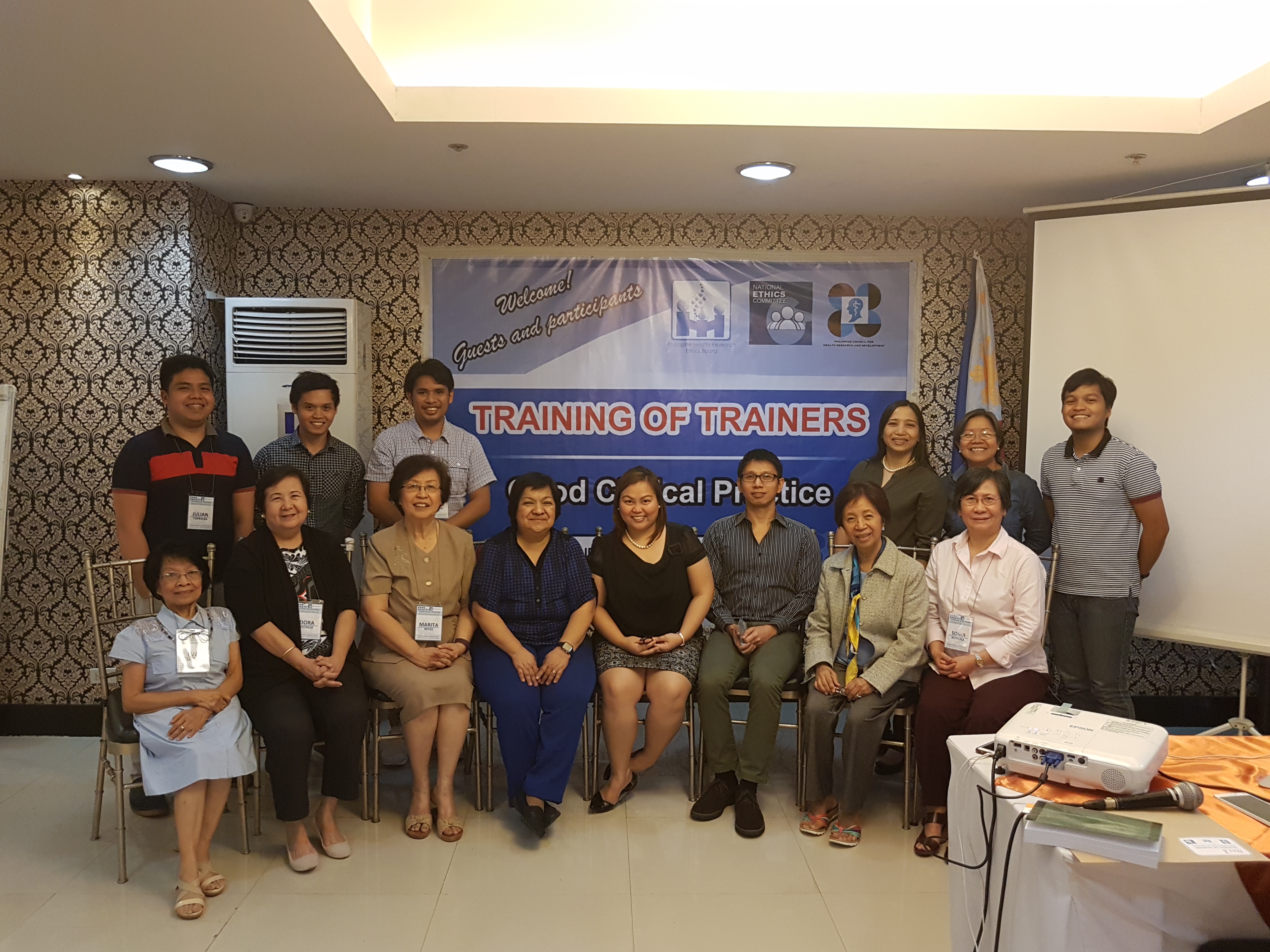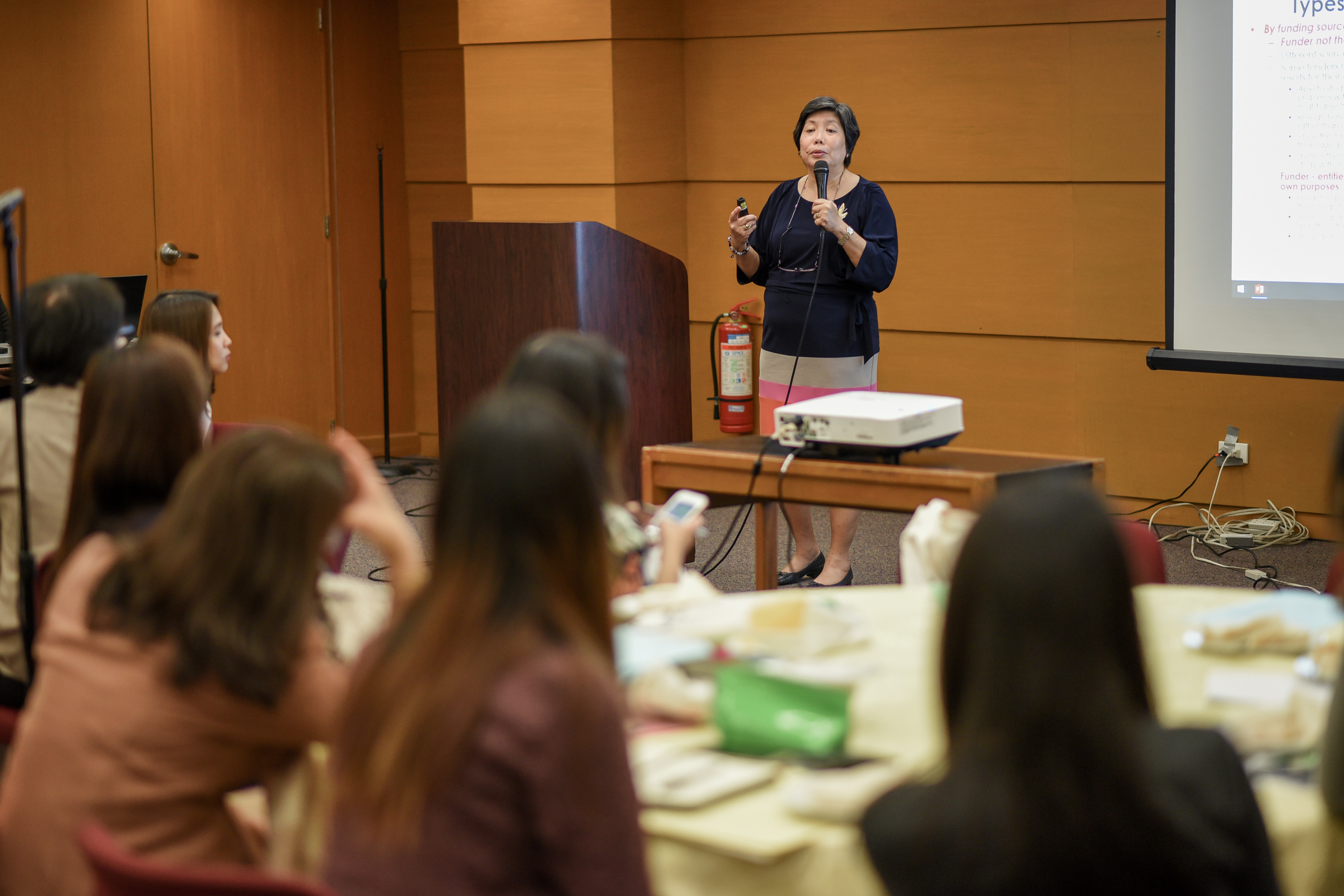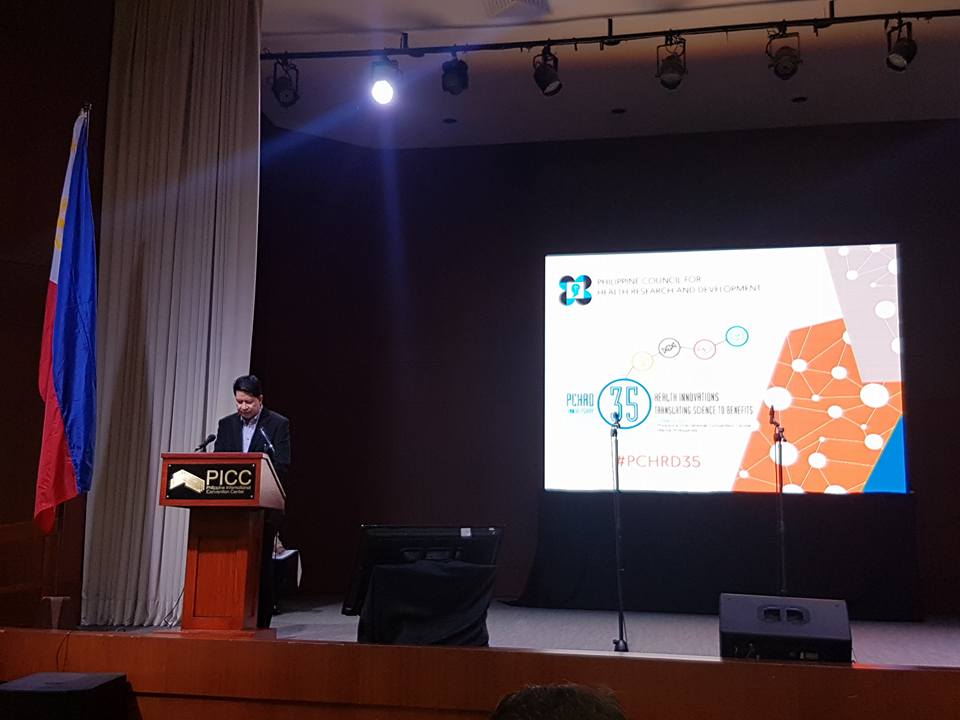PASAY CITY, Metro Manila- To further improve their strategies on research utilization, the regional consortia of the Philippine National Health Research System (PNHRS) gathered yesterday in a session at Hotel Jen Manila.
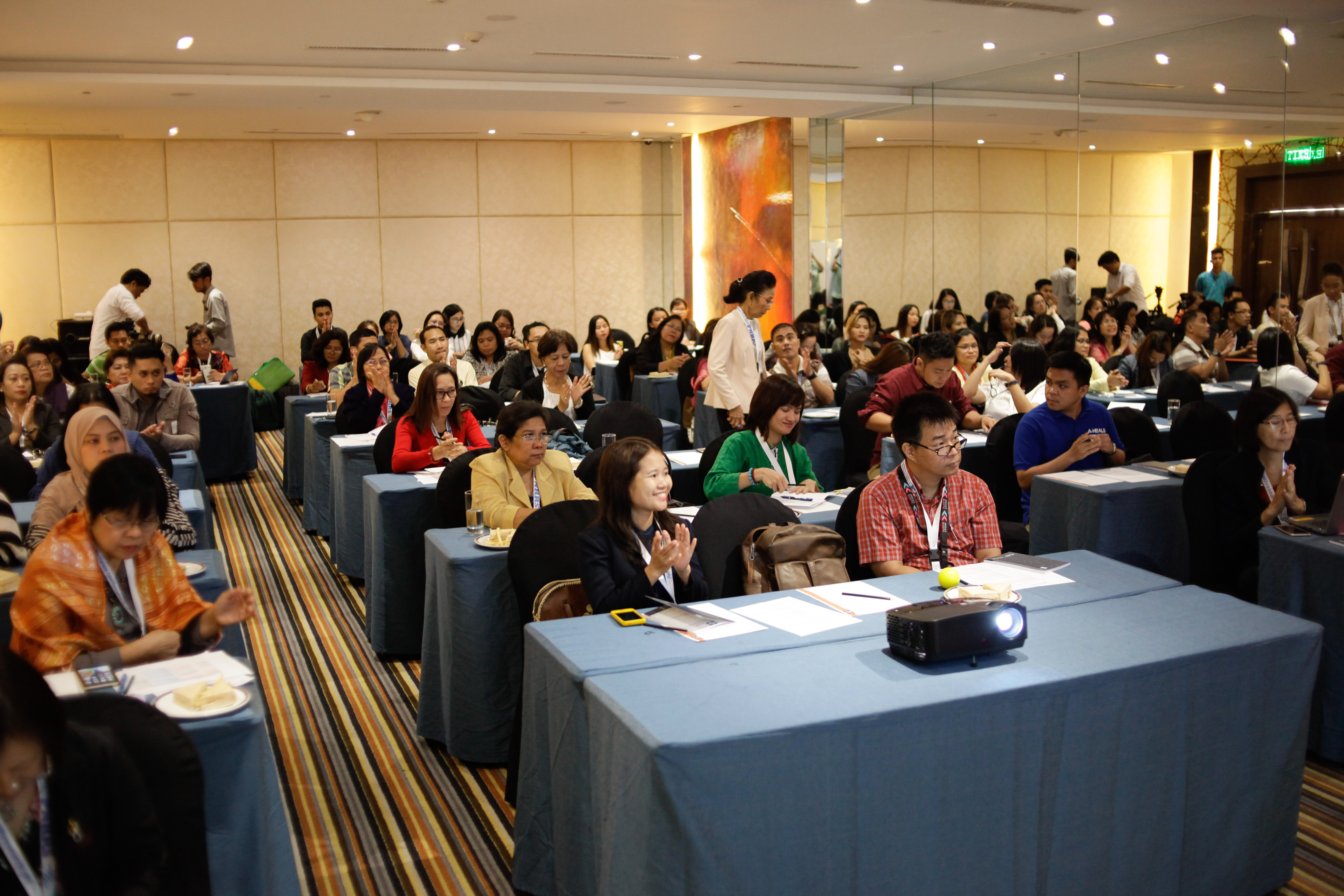
The session entitled “Rallying Communicators for Science, Technology, and Innovation in Health” aims to gather members for the Society of Health Research Communicators (SHARE), a new program of the System to ensure that research contributes to evidence-informed health policies and actions.
SHARE is a community of communicators who share health research stories, advocacies, and local and national initiatives. The community will reinforce the research dissemination activities of the regional consortia of PNHRS.
The first part of the session was allotted for discussions wherein three communication and health research experts were invited to guide the participants namely Dr. Clarissa David of the University of the Philippines (UP) College of Mass Communication, Dr. Mary Ann Lansang of the UP College of Medicine, and Dr. Iris Thiele Isip-Tan of the UP Manila Medical Informatics Unit.
In the afternoon, members of the regional consortia engaged in a discussion to form, gather, and sustain the SHARE community.
In her welcome remarks, Ms. Merlita Opeña, Philippine Council for Health Research and Development (PCHRD) Division Chief, stressed that research utilization is an important process in the Philippine National Health Research System (PNHRS).
“I would like to emphasize that research utilization focuses on the impact or benefit of knowledge to our stakeholders. It is about what the people will gain from the research result or how they will make use of the knowledge or information.” Ms. Opeña explained.
The “Rallying Communicators for Science, Technology, and Innovation in Health” is part of the 11th Philippine National Health Research System (PNHRS) Week celebration. PCHRD is the lead coordinator of the System.
PASAY CITY, Metro Manila- The country’s health research community, headed by the Philippine Council for Health Research and Development (PCHRD), will celebrate the 11th Philippine National Health Research System (PNHRS) Week on 24-25 August 2017 at Philippine International Convention Center.

The celebration is a gathering of different stakeholders in health research and development to contribute research-based solutions to health problems.
With the theme “Research and Innovations in Health: Empowering and Transforming Communities,” this year’s celebration will highlight the roles, challenges, and opportunities of health research and innovation in reaching, empowering, and transforming the marginalized Filipino communities.
Parallel and plenary sessions will revolve around key areas including Drug Addiction and Mental Health, Wealth and Wellness, Psychosocial and Health Concerns of Internally Displaced Persons, Assessment of the Philippine Health Sector Performance, and National Unified Health Research Agenda (NUHRA).
Pre-conference sessions such as Ethics, Society of Health Research Communicators (SHARE) Assembly, Journal Publishing, Meeting of the Regional Health Research and Development Consortia Secretariat, and Health Research and Development for Disaster Program Review will also be held on 22 August 2017 at Hotel Jen Manila.
PNHRS is an integrated national framework for health research in the country which ensures that research contributes to evidence-informed health policies and actions. For more details, please contact Ms. Ullyann Carticiano-Garcia at 837-7534 or This email address is being protected from spambots. You need JavaScript enabled to view it..
MALATE, Manila- Forty researchers will participate in the upcoming 12th National Medical Writing Workshop and 5th Writeshop for Young Researchers on 7-8 August 2017 at Pan Pacific Manila.
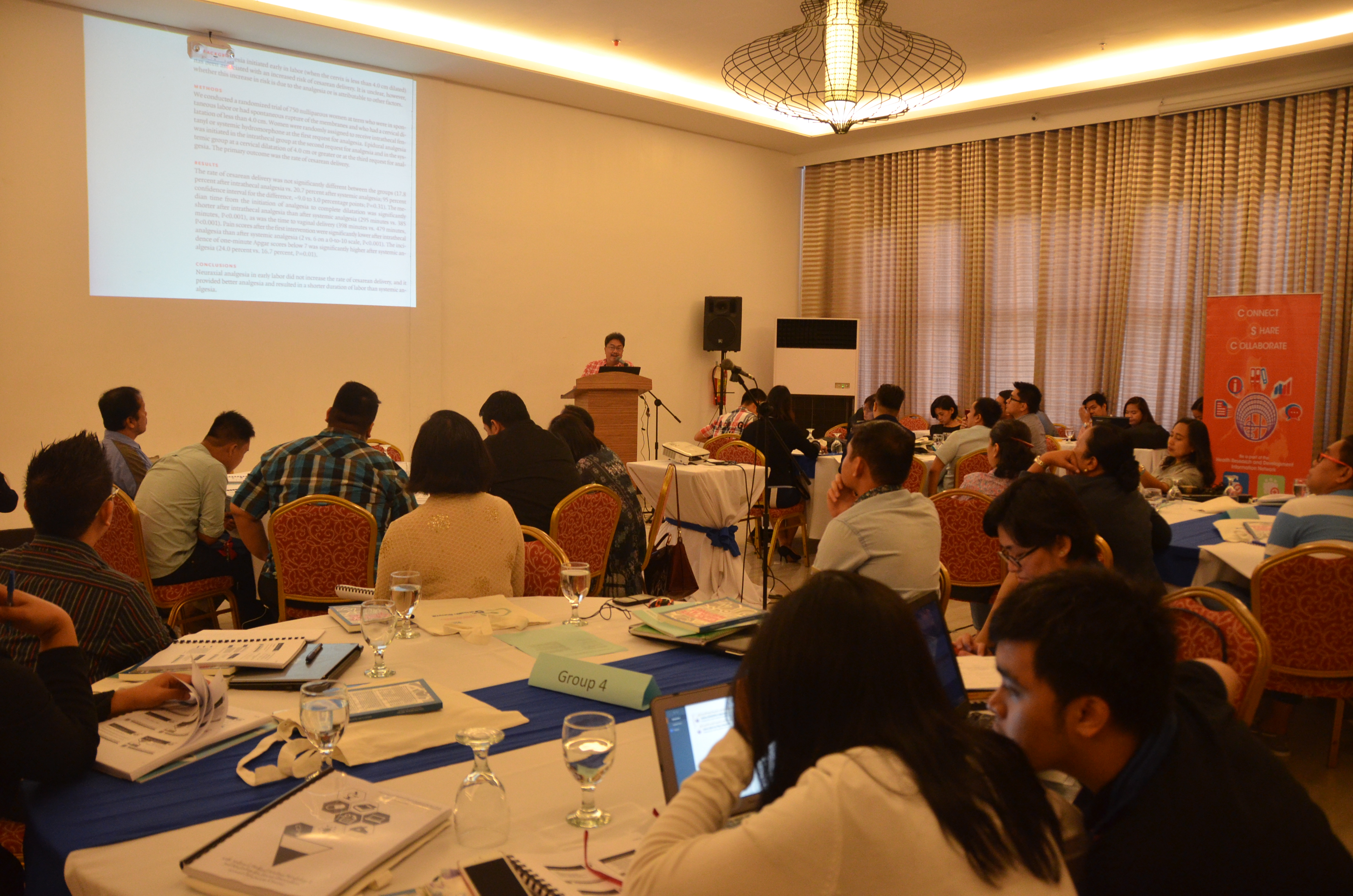
Organized by the Philippine Council for Health Research and Development (PCHRD), in cooperation with the Philippine Association of Medical Journal Editors (PAMJE) and Asia Pacific Association of Medical Journal Editors (APAME), the workshop aims to help researchers in health and health social sciences to acquire practical knowledge and skills in preparing a scientific article for publication in a scholarly peer-reviewed journal.
Among the lessons to be taught are structure and individual components of a scientific paper, process of preparing a manuscript, and the role of editors and peer reviewers and what they look for in a manuscript.
Under the guidance of the faculty and mentor-facilitators, the participants will also have the opportunity to review and revise their manuscripts. After the workshop, they are expected to submit their articles to an appropriate scholarly peer-reviewed journal within three months.
The 12th National Medical Writing Workshop and 5th Writeshop for Young Researchers will be held in line with the celebration of the Philippine National Health Research System (PNHRS) Week.





